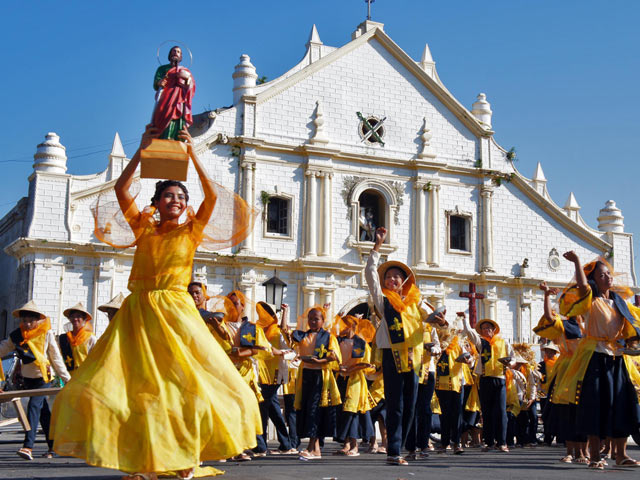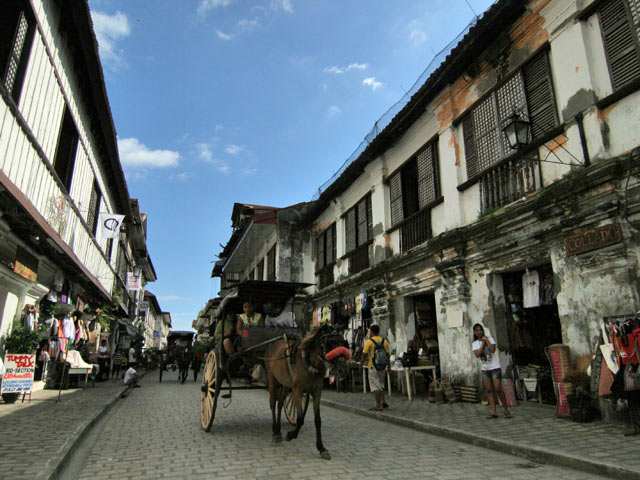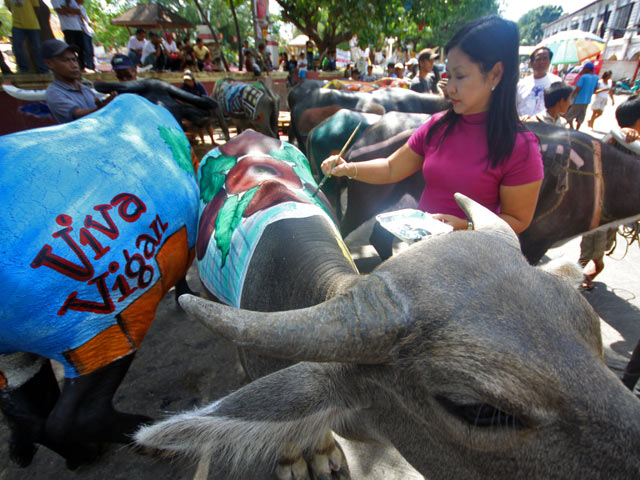Philippine Azkals seal historic win in Peace Cup
09/29/2012
MANILA, Philippines – The Philippine Azkals won its first international title in 99 years by crushing Chinese Taipei to take home the Philippine Football Peace Cup.
The Philippines brought down Chinese Taipei, 3 goals to 1, at the Rizal Memorial Stadium in Manila on Saturday.
Filipino-German Denis Wolf drew first blood against the Taiwanese squad in the 10th minute.
Wolf picked up Carli de Murga's deflected shot and turned it into the Philippines' first goal against Chinese Taipei.
In the 34th minute, Caligdong intercepted the ball from the Taiwanese and mounted a counterattack via a long range shot to make it 2-nil for the Azkals.
The “Chief” ran near the stands and pulled up his shirt to show another shirt that says "Jesus loves us."
OJ Porteria, meanwhile, scored his first international goal for the Philippines by cutting a pass between Taiwanese players in the 43rd minute.
Porteria ran toward the goal box and eluded the keeper to push the Philippines further ahead, 3-0.
Porteria happily launched into a "Gangnam Style" dance following the score.
In the second half, it was Chinese Taipei’s turn to score.
Chang Han slid in the shot past Filipino keeper Eduard Sacapano in the 52nd minute to make it 3-1.
The game was halted for a few minutes in the 2nd half following a slight contact between a Taiwanese player and Demetrious Omphroy, which sparked a commotion at the Chinese Taipei bench.
The Chinese Taipei head of delegation berated a referee for the alleged questionable officiating. This prompted the game official to dismiss the individual from the game.
The head of delegation, however, refused to leave the pitch, causing several minutes of delay in the game.
He eventually went to the stands after he was convinced by the match officials.
Chinese Taipei seemed to gain steam after the incident as they gained a free kick and chances in the72nd and the 82nd minutes, respectively.
The Taiwanese squad nearly scored another goal against the Azkals via a penalty kick off a foul by Jason de Jong.
Fortunately, Sacapano did what was perhaps the most spectacular save in the tournament by successfully clearing Yang Chao Hsun’s penalty kick.
With the win, the Azkals maintained its unbeaten status in the Philippine Football Peace Cup.
Prior to their victory over Chinese Taipei, the Filipinos first defeated Guam, then followed it up with another win over Macau.
The tournament win is also a historical feat for the Philippines, which last won an international football competition in the 1913 Far East Games.
Filipino-German Denis Wolf drew first blood against the Taiwanese squad in the 10th minute.
Wolf picked up Carli de Murga's deflected shot and turned it into the Philippines' first goal against Chinese Taipei.
In the 34th minute, Caligdong intercepted the ball from the Taiwanese and mounted a counterattack via a long range shot to make it 2-nil for the Azkals.
The “Chief” ran near the stands and pulled up his shirt to show another shirt that says "Jesus loves us."
OJ Porteria, meanwhile, scored his first international goal for the Philippines by cutting a pass between Taiwanese players in the 43rd minute.
Porteria ran toward the goal box and eluded the keeper to push the Philippines further ahead, 3-0.
Porteria happily launched into a "Gangnam Style" dance following the score.
In the second half, it was Chinese Taipei’s turn to score.
Chang Han slid in the shot past Filipino keeper Eduard Sacapano in the 52nd minute to make it 3-1.
The game was halted for a few minutes in the 2nd half following a slight contact between a Taiwanese player and Demetrious Omphroy, which sparked a commotion at the Chinese Taipei bench.
The Chinese Taipei head of delegation berated a referee for the alleged questionable officiating. This prompted the game official to dismiss the individual from the game.
The head of delegation, however, refused to leave the pitch, causing several minutes of delay in the game.
He eventually went to the stands after he was convinced by the match officials.
Chinese Taipei seemed to gain steam after the incident as they gained a free kick and chances in the72nd and the 82nd minutes, respectively.
The Taiwanese squad nearly scored another goal against the Azkals via a penalty kick off a foul by Jason de Jong.
Fortunately, Sacapano did what was perhaps the most spectacular save in the tournament by successfully clearing Yang Chao Hsun’s penalty kick.
With the win, the Azkals maintained its unbeaten status in the Philippine Football Peace Cup.
Prior to their victory over Chinese Taipei, the Filipinos first defeated Guam, then followed it up with another win over Macau.
The tournament win is also a historical feat for the Philippines, which last won an international football competition in the 1913 Far East Games.










